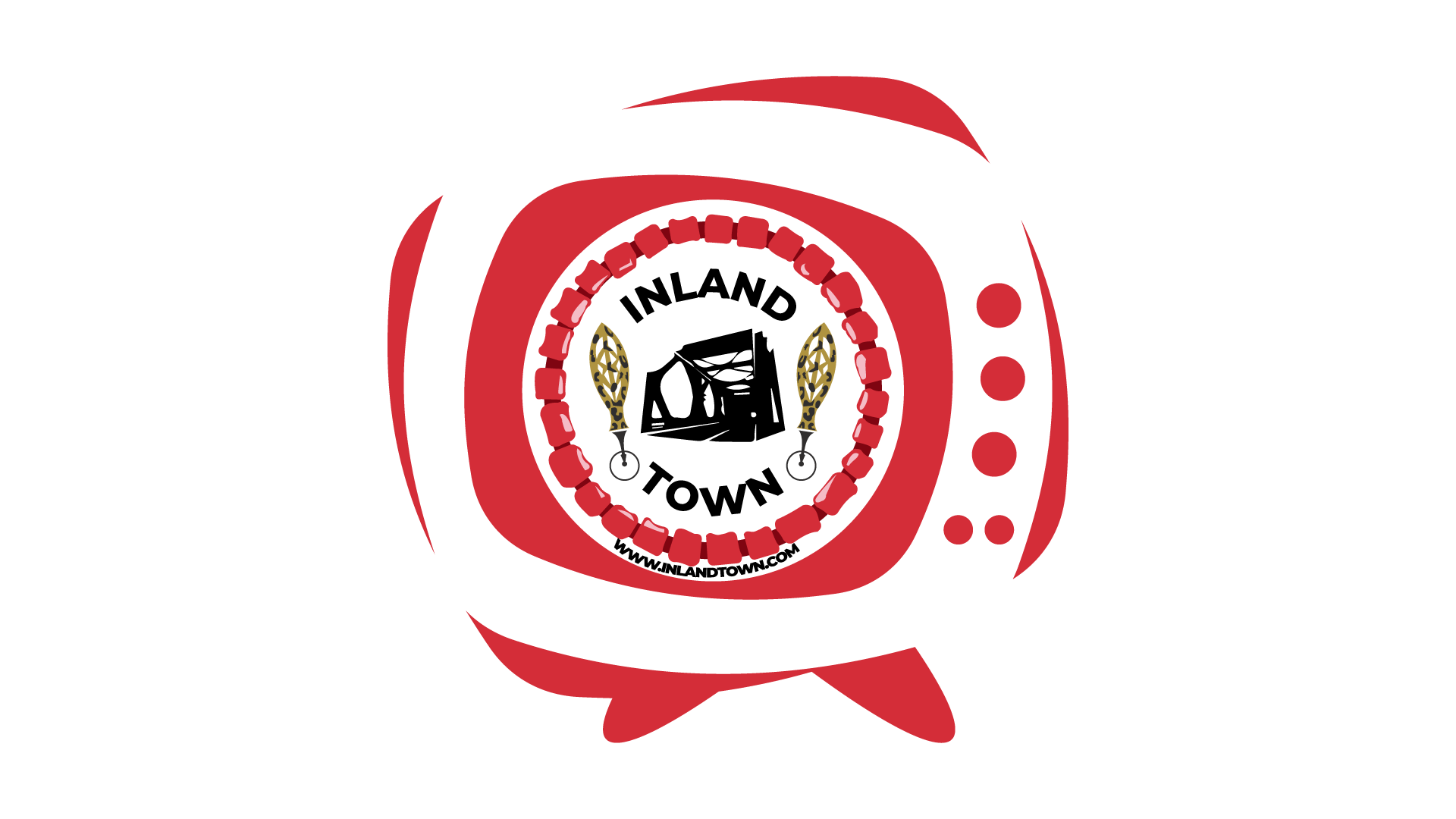
1. Downshift immediately
Putting the car in a lower gear allows the engine to slow the car, and may give you enough time to be able to safely pull over. Whether you’re driving an automatic or a manual, try to downshift smoothly through the gears. If you downshift too quickly, you risk a skid. Do not shut off the car to stop it, as you’ll lose your power steering, and do not put the car in neutral or you will lose the engine braking effect.
2. Try the emergency brake, but don’t depend on it to stop you
If you’re driving a car with a good, strong emergency brake, go ahead and use it. In cars with manual transmissions, the emergency brake is often operated via a hand-activated lever located behind the shifter, while in many automatics you use a small pedal located on the far left of the driver. It helps to try your emergency brake out at slow speeds to see how much stopping power it really has.
3. Work your vehicle into the right lane as soon as you can
Move toward the right shoulder of the road, or, if possible, toward an exit. If it is necessary to change lanes, do so smoothly and carefully, watching your mirrors and the traffic around you closely.
4. Stay off the gas pedal
Perhaps this goes without saying, but do not touch the gas pedal. Your goal, right now, is to slow down, pull over and safely stop.
5. Check for brake pedal blockage
Believe it or not, debris such as as soda cans or bottles, coffee cups, rolls of paper towels and other items bouncing around in the cockpit can wedge behind your brake pedal, preventing its use. Make sure the pedal’s path is clear and if not, kick the obstruction out of the way.
6. Pump your brakes only if you have an older car without anti-lock brakes (ABS)
If your car has standard brakes they may respond to pumping, which could build up enough hydraulic pressure to allow them to work again. But many newer cars with ABS will do the pumping for you, so you should firmly press the brake pedal even if the brakes are not working. The brake failure may be temporary and if they suddenly start working again, your foot will be where it needs to be.
7. Alert others
Turn on your hazards and honk your horn until you’re stopped so other motorists will know to give you plenty of room.
8. If you must hit something, aim for something “soft”
This is a judgment call, but a wooden fence is better than a tree, for example — and anything is preferable to hitting a human being.
9. Stay calm
Knowing the steps outlined in this article and being able to perform them should give you the confidence to respond naturally instead of panicking, in the unlikely event that your brakes do fail.
10. Once you’re safely stopped, summon help
Don’t be tempted to drive the car again, even if the brakes suddenly start working. Have the car towed to a repair shop or dealer for inspection and repair.
Autoblog

